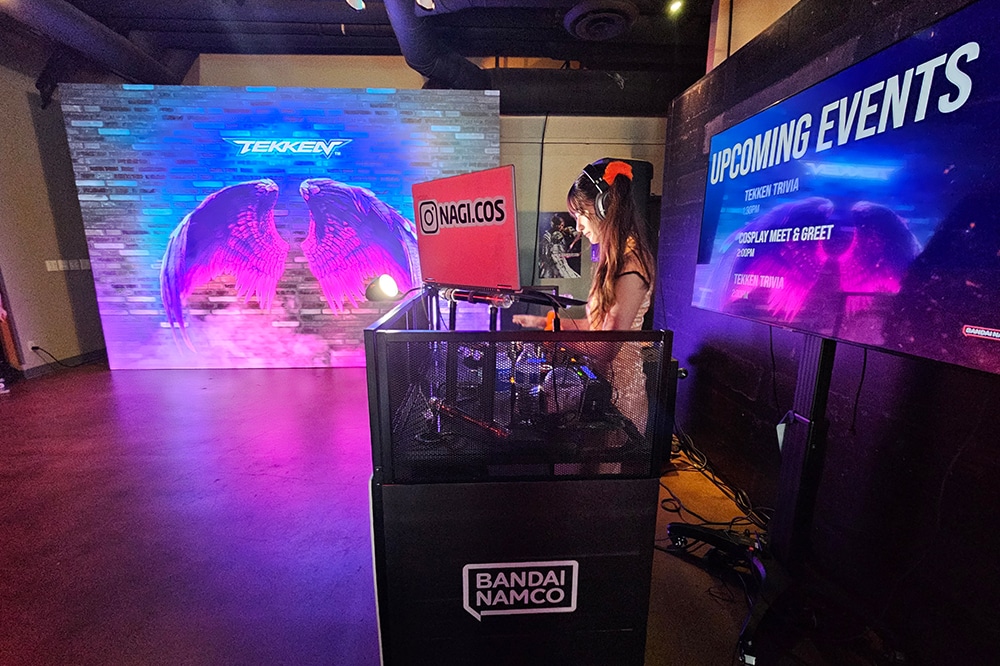Examining the Diverse Integration Options Offered for Light Emitting Diode Wall Modules
Examining the Diverse Integration Options Offered for Light Emitting Diode Wall Modules
Blog Article
LED display units have gained traction for their ability to deliver crisp imagery in multiple settings, from professional environments to event venues. One of the most significant aspects of these panels is their connectivity options, which allow users to connect them to different devices and systems. Comprehending the diverse connectivity options available for Light Emitting Diode wall panels is vital for enhancing their use and effectiveness. This discussion details these features, showcasing how they can adapt to specific needs and preferences.
One frequent connection approach for Light Emitting Diode wall panels is HDMI. HDMI is widely recognized for transmitting crisp video and audio streams between components. This connection type is especially beneficial in commercial environments, such as conference rooms or classrooms, where visual content or video content are often displayed. By using HDMI cables, users can easily link laptops, projectors, and streaming equipment to Light Emitting Diode wall panels, guaranteeing a sharp and vibrant presentation of information.
Another commonly used interface method is DisplayPort, which is similar to HDMI but offers additional benefits. Display Port can support higher refresh rates and resolutions, making it an ideal choice for interactive media or graphic-intensive applications. For those deploying LED wall panels in environments where output quality is essential, such as esports arenas or design studios, Display Port can provide the necessary visual clarity. Additionally, many contemporary computers and graphics cards include Display Port connections, making it a practical option for tech-savvy professionals.
In contrast to High-Definition Multimedia Interface and Display Port, wireless connectivity methods are becoming progressively prevalent in LED wall panel technology. Cable-free interfaces allow users to share content without the need for physical cables, enabling a cleaner and more flexible setup. Technologies such as wireless internet and short-range communication allow users to connect smartphones, tablets, and laptops directly to LED wall panels without tangled wires. This convenience is particularly advantageous in dynamic environments like trade shows or events, where rapid adjustments to displays are often required.
For larger deployments or more intricate configurations, LAN integration through wired networking is another reliable solution. Ethernet connections provide a stable and reliable way to integrate multiple Light Emitting Diode wall panels within a network. This setup is ideal for digital signage use cases found in retail centers or transport hubs, where numerous panels may need to present synchronized content across a broad area. By using network cabling and routing hardware, operators can ensure that all connected panels receive consistent updates and content efficiently.
Finally, it's crucial to Continue evaluate the future of interface technology with technologies such as USB-C and Thunderbolt Three. These next-generation interfaces offer enhanced data transfer rates and flexibility by allowing one connector to handle both power delivery and data exchange. As more systems incorporate these standards, LED wall panels equipped with USB-C ports will likely become more common. This evolution in connectivity not only enhances the functionality of LED wall panels but also aligns with the growing trend of minimalism in technology setups by reducing the number of cables needed.
In conclusion, exploring the diverse connectivity options available for Light Emitting Diode wall panels uncovers many click now possibilities for operators across various fields. From conventional methods like High-Definition Multimedia Interface and Display Port to contemporary cordless technologies and LAN setups, each pathway serves specific functions suited to specific needs. Additionally, emerging technologies like USB-C promise further advancements in how professionals utilize LED wall panels. By understanding these integration alternatives, end-users can make strategic selections that enhance their overall experience with these versatile display tools.